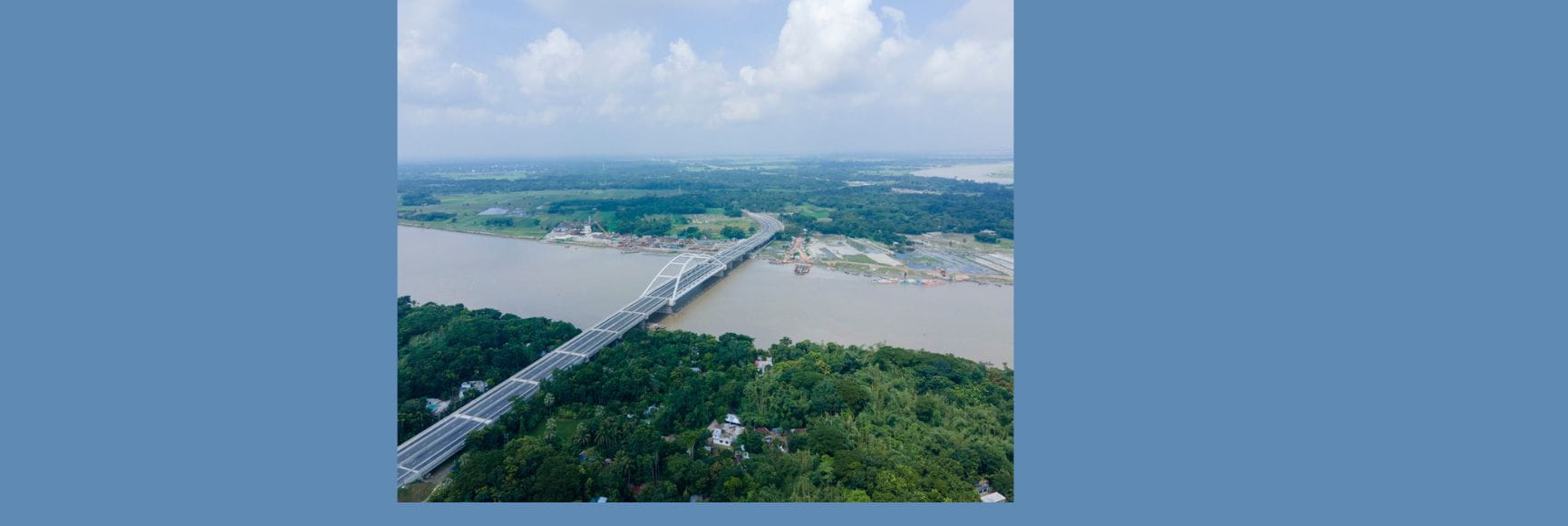Posted by Taz Chaponda[1]
At a recent international conference[2] on “Quality infrastructure and the Multilateral Development Banks”, the Director General of the Japanese Ministry of Economy Trade and Industry (METI) issued a stark reminder of the potential costs of “poor” infrastructure. He cited the Kobe highway disaster, when in 1995 a major highway in Japan collapsed following an earthquake. The Director-General explained that the highway was built in a rush and the poor construction works resulted in its collapse several decades later. He went on to discuss the expansion of power generation in the country’s early years of development through high-polluting plants that were subsequently phased out due to the negative impact on local populations.
Such examples remind us that even the richest nations went through a period of development where low quality infrastructure was pervasive, with very negative social and environmental consequences. Such issues are still common in many developing countries. This motivated the conference to explore what exactly is meant by “quality infrastructure”. Do countries really need this type or level of infrastructure, and if so, how should it be procured and paid for?
Common features of weak infrastructure systems, often found in the developing world, are as follows:
- Poor design which can cause inadequate supply of service;
- Weak project management that results in significant cost overruns and time delays;
- Regular operational failures that result in an unreliable service for users;
- Poor and inconsistent infrastructure services (such as power and water outages);
- High levels of pollution (either in the form of noise or high levels of emissions); and
- High costs to operators and users (due to frequent repairs and replacement)
Low quality infrastructure is not very sustainable (both in the literal, physical sense as well as in terms of the environment). The costs of poor infrastructure have a direct impact on the long-term economic potential of developing countries. The conference discussed the “Ise-Shima Principles” which were endorsed by the G-7 Leaders in May 2016 (see http://www.mofa.go.jp/files/000160272.pdf for more details):
Principle 1: Ensuring effective governance, reliable operation and economic efficiency in view of life-cycle cost as well as safety and resilience against natural disaster, terrorism and cyber-attack risks.
Principle 2: Ensuring job creation, capacity building and transfer of expertise and know-how for local communities.
Principle 3: Addressing social and environmental impacts.
Principle 4: Ensuring alignment with economic and development strategies including aspect of climate change and environment at the national and regional levels
Principle 5: Enhancing effective resource mobilization including through PPP
Many government leaders in the developing world would agree that these principles provide a powerful framework for thinking about sustainable, quality infrastructure. However, the technical standards required to comply with them can be very high. To provide reliable infrastructure that is environmentally sustainable, minimizes social impacts, integrates local communities, creates jobs, and builds local construction capacity is a costly undertaking for any country.
For countries with constrained budgets, time and cost usually emerge as decisive determinants of the procurement choice and the preferred solution. This means that “lower cost” solutions may be favored over “quality” solutions because the latter are perceived to take too long and to cost too much. However, in the longer-run (say over 20 – 30 years) quality infrastructure will last longer and cost less in terms of project life-cycle costs. Over the course of an asset’s economic life, maintenance and refurbishment costs will be far lower for quality infrastructure compared to a similar “low cost” solution.
Even so, for developing countries facing fiscal constraints, the bias will usually favor “lower cost” solutions due to the electoral cycle and the imperative of service delivery. Political leaders do not want their roads and power plants to break down or to willfully generate pollution, but they do face tight financing constraints and high expectations from the electorate. The response of MDBs should be to help tilt the balance towards quality infrastructure by addressing the financing and procurement obstacles in developing countries. If the international community wants to see more green infrastructure solutions – such as clean energy (renewable energy), it should provide financial incentives to countries that want to go down that path without raising the total cost per MW of power supply.
The international community is right to rally around the Ise-Shima principles as this may lead to better governance and transparency in the procurement of large infrastructure assets. In addition to these principles, financial incentives should be created to make it easier for developing countries to adopt green infrastructure solutions. One way is for MDBs to co-finance quality infrastructure projects with private sector climate funds that embrace similar principles, while allowing the private sector to take the lead on project preparation and procurement. In general, MDBs have relatively long turnaround times for procurement of large projects. They should focus more on their core business (providing development finance in innovative ways) while outsourcing the other activities to private sector players. Reducing the time it takes from project inception to “cutting the red ribbon” will improve the likelihood that political leaders actually choose to develop quality infrastructure.
[1] Senior Economist, Fiscal Affairs Department, IMF.
[2] The conference took place in Washington DC on December 15, 2016. It was co-hosted by the Center for Strategic and International Studies and METI.
Note: The posts on the IMF PFM Blog should not be reported as representing the views of the IMF. The views expressed are those of the authors and do not necessarily represent those of the IMF or IMF policy.








